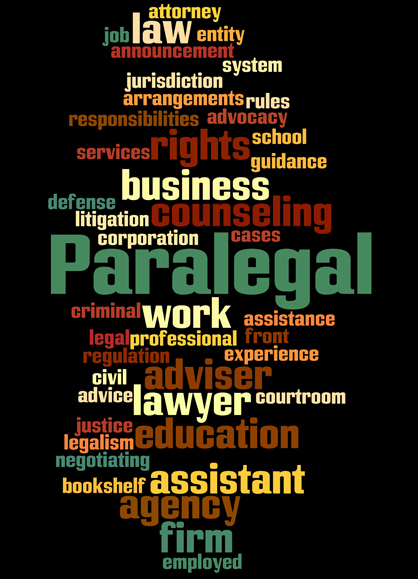Summary: The nation’s two largest coal companies, along with 14 states, are taking on the EPA after a proposed regulation that would affect coal-fired power plants.
The Environmental Protection Agency, through the support of President Barack Obama, has introduced a regulation for coal-fired power plants in hopes of reducing pollution. President Obama has long been trying to reduce the release of pollutants that increase greenhouse gases during his presidency.
Learn about a newly discovered greenhouse gas 7000 times stronger than CO2.
The proposed regulation would affect coal companies and the states that produce coal, leaving the two largest coal companies and 14 states to challenge the proposal in court. The cases will be argued in the United States Court of Appeals for the District of Columbia Circuit. The regulation was charged under the Clean Air Act passed in 1970. The goal of the proposal is slow down the use of coal plants and increase renewable energy sources like wind and solar.
Is renewable energy in decline?
The two cases against the EPA from Murray Energy and West Virginia argue that the EPA has no authority to make the regulation. The confusion of who has the authority to regulate the industry stems from the words used in the 1990 amendment to the Clean Air Act. The House of Representation version does not give the EPA the authority to regulate multiple pollutants from the same place, while the Senate version allows the regulation. The wording in the final version of the amendment is unclear.
The interpretation of the 1990 amendment can go either way, but opponents of the EPA regulation are hopeful, since George W. Bush and his father, both Republican presidents, appointed the three judges ruling on the cases.
Generally an EPA regulation is proposed and then goes to the public for comment. The EPA can then adjust the rule before releasing a final version. The Obama administration, with the final version expected this summer, released the current regulation last June.
Photo from sites.duke.edu













































